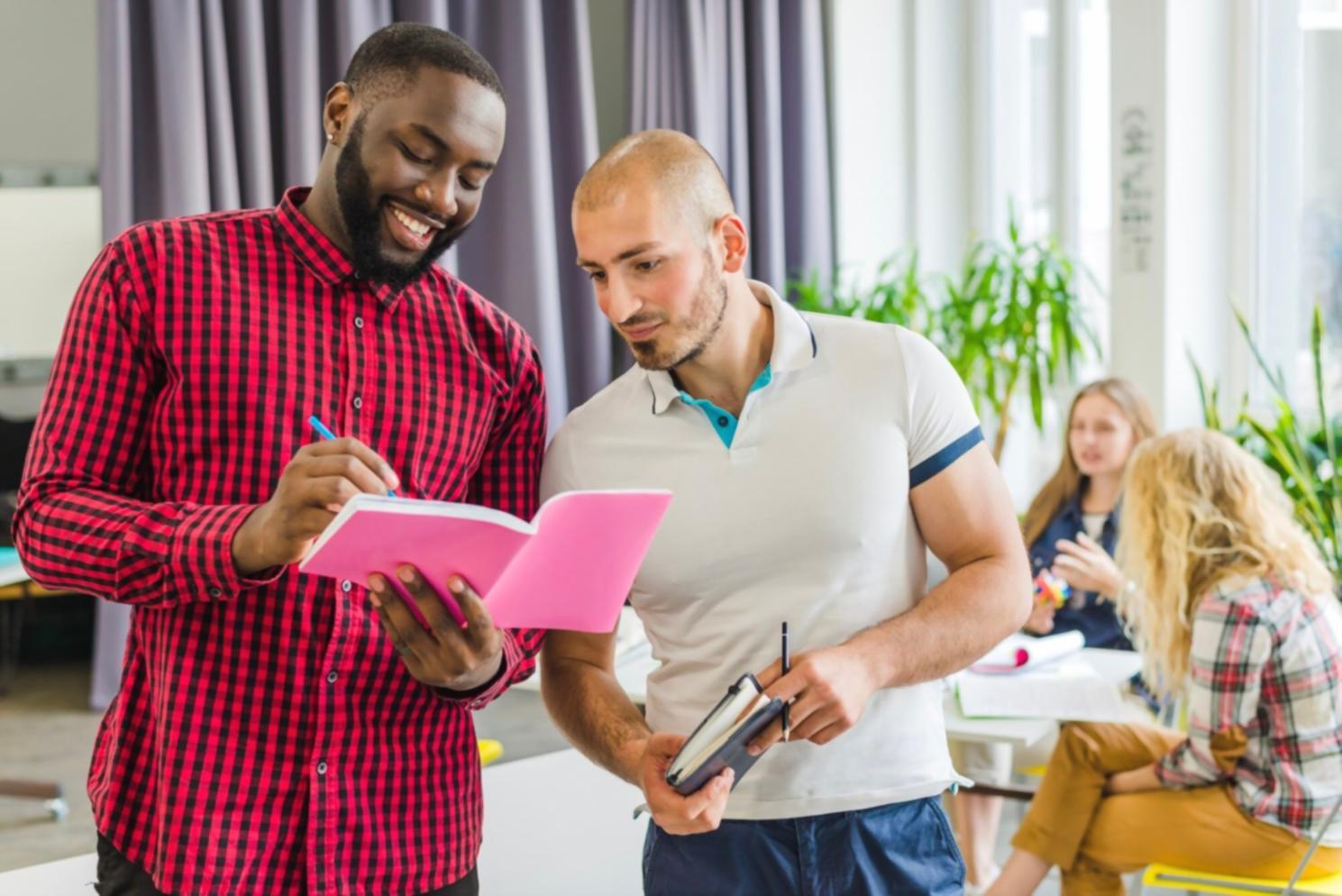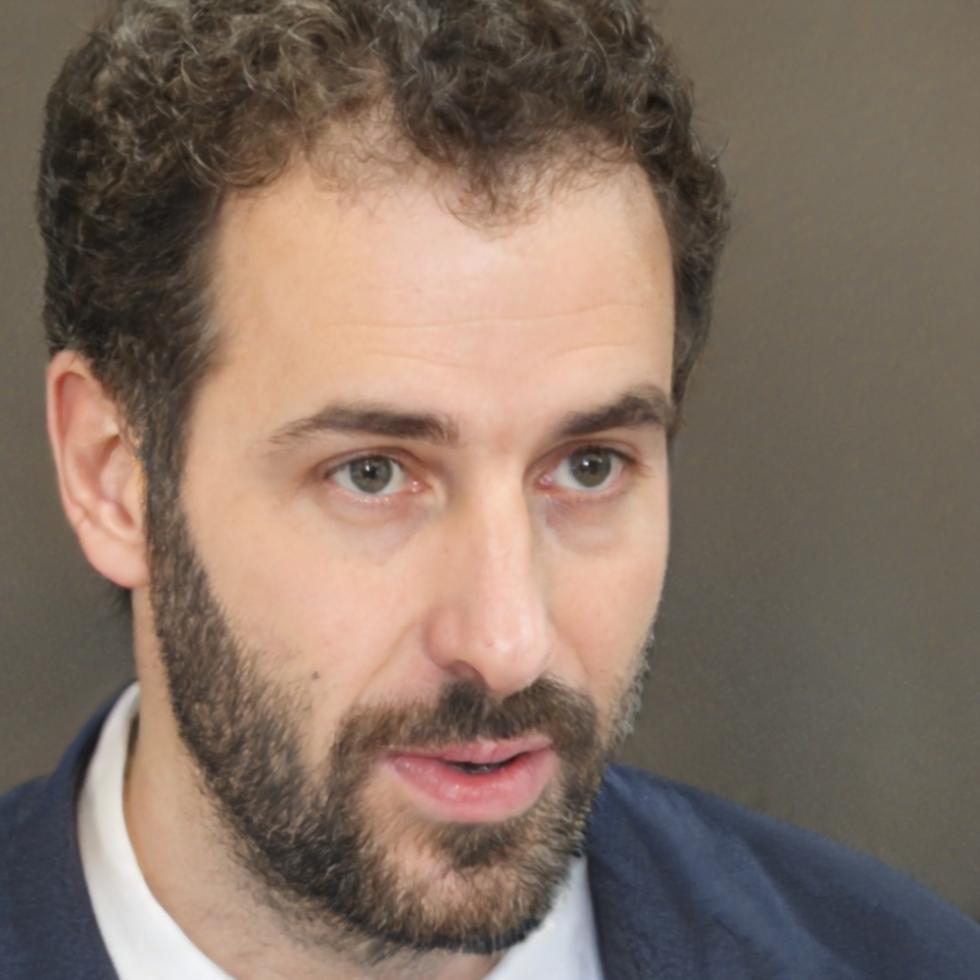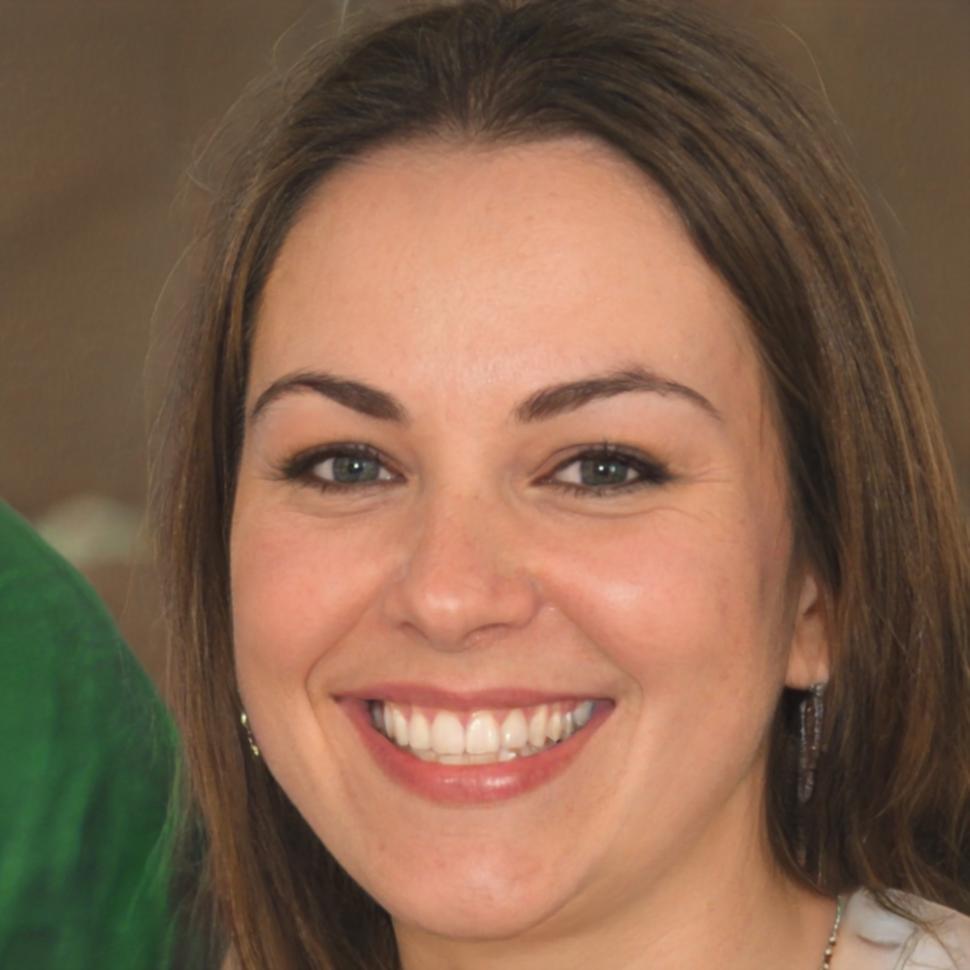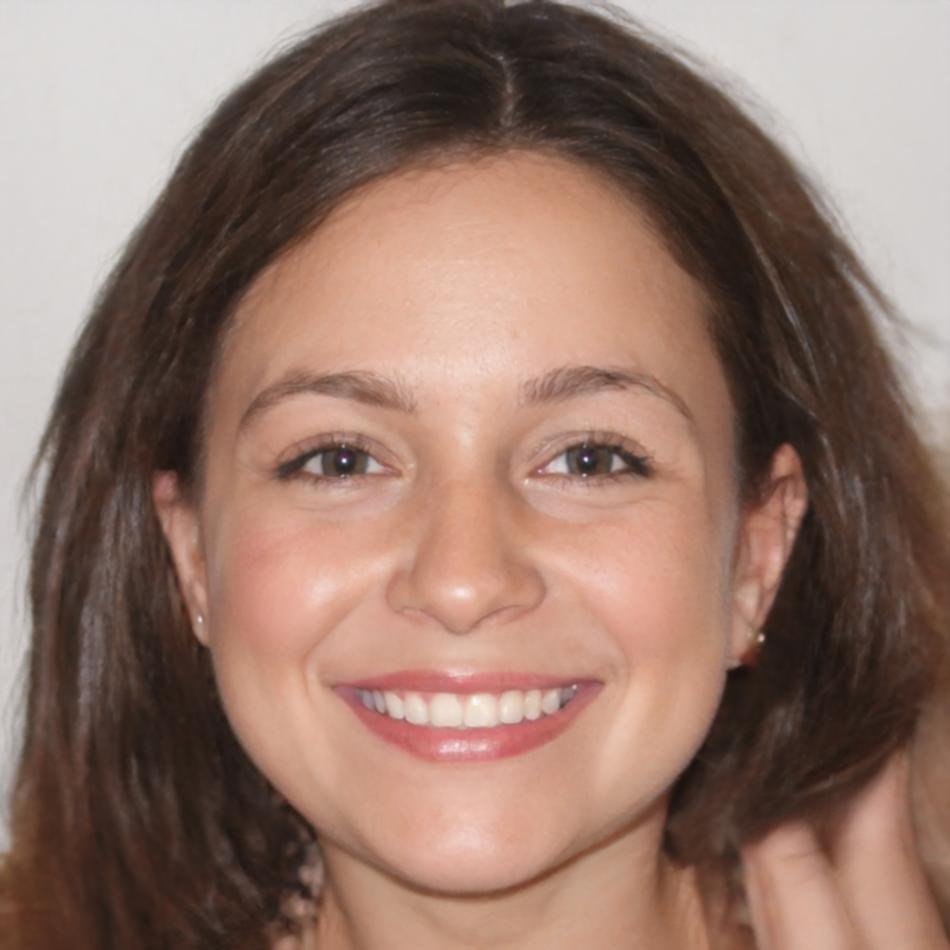Real Work from Real Students
Our students don't just learn theory—they build actual contingency plans for businesses across Australia. These projects reflect months of research, analysis, and practical application. Each one tackles genuine financial challenges that companies face when planning for uncertainty.
What makes these projects different? They're not exercises or hypotheticals. Students work with anonymized data from actual businesses, creating frameworks that could be implemented tomorrow. That's the kind of hands-on experience that employers notice when reviewing portfolios in 2025.

Featured Student Projects

Retail Recovery Framework
Designed a three-tier contingency system for a mid-sized retail chain facing supply disruptions. The framework included cash flow scenarios, vendor backup strategies, and staff adjustment protocols. What stood out was the Monte Carlo simulation that tested 500 different disruption scenarios.

Construction Cost Buffer Analysis
Built a dynamic budget allocation model for a Queensland construction firm dealing with material price volatility. The system adjusts contingency reserves based on real-time commodity pricing and project phase. It reduced their reserve requirements by 18% while maintaining coverage.
Start Your Journey
Our next intake opens in September 2025. By this time next year, you could have a portfolio piece that demonstrates real capability to potential employers. The program runs for nine months, with projects typically starting around month four once foundational skills are solid.
View Program DetailsWhat Students Actually Say
The most valuable part wasn't the technical skills—though those matter. It was learning how to explain complex contingency concepts to people who don't live and breathe finance. My capstone project involved presenting to a business owner who just wanted to know if they'd survive a bad quarter. That conversation shaped how I approach client work now.
I came in thinking contingency planning was about having backup plans. Turns out it's about understanding probability, human psychology, and how businesses actually make decisions under pressure. My project partner and I built a model that our instructor said was solid enough to pitch to actual clients. That confidence carried over into job interviews.


